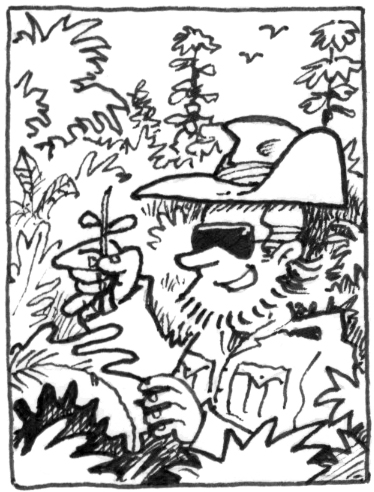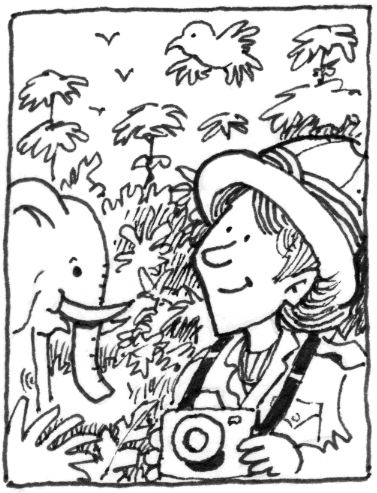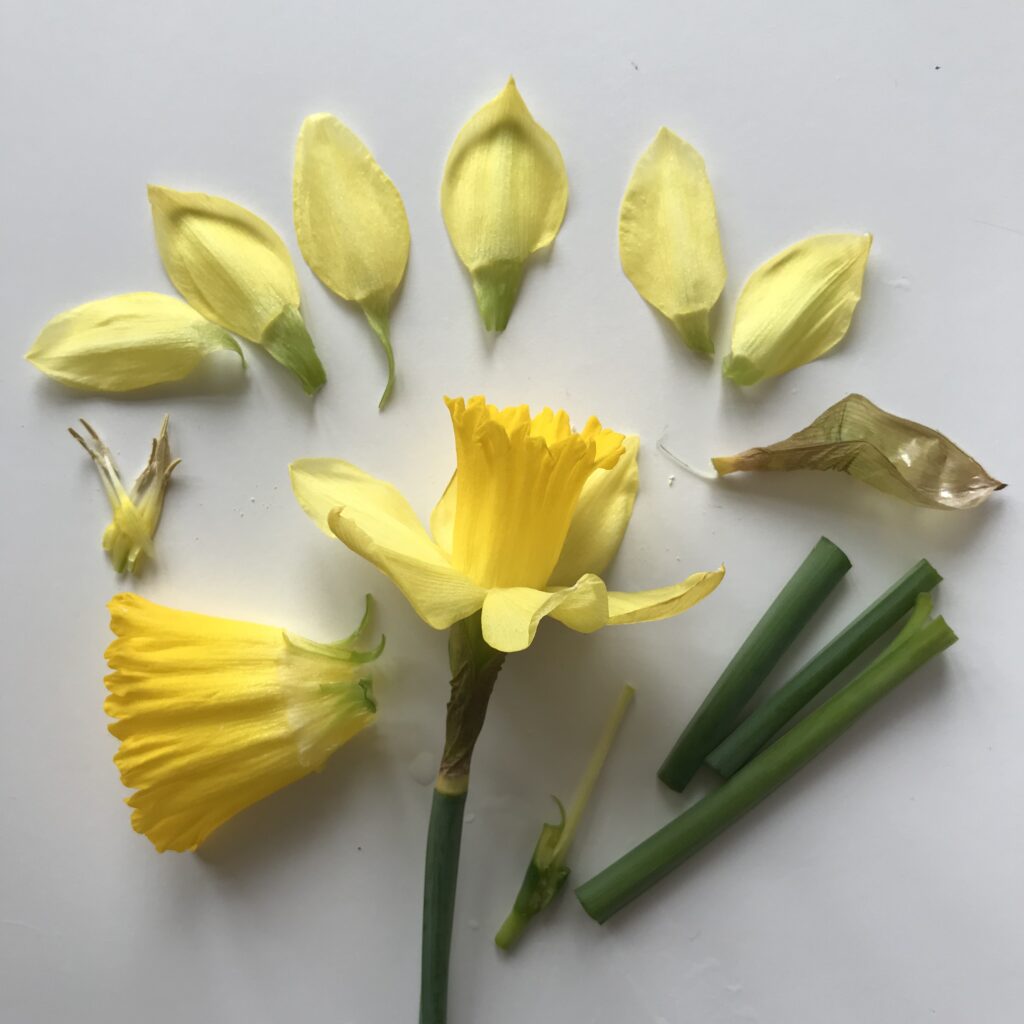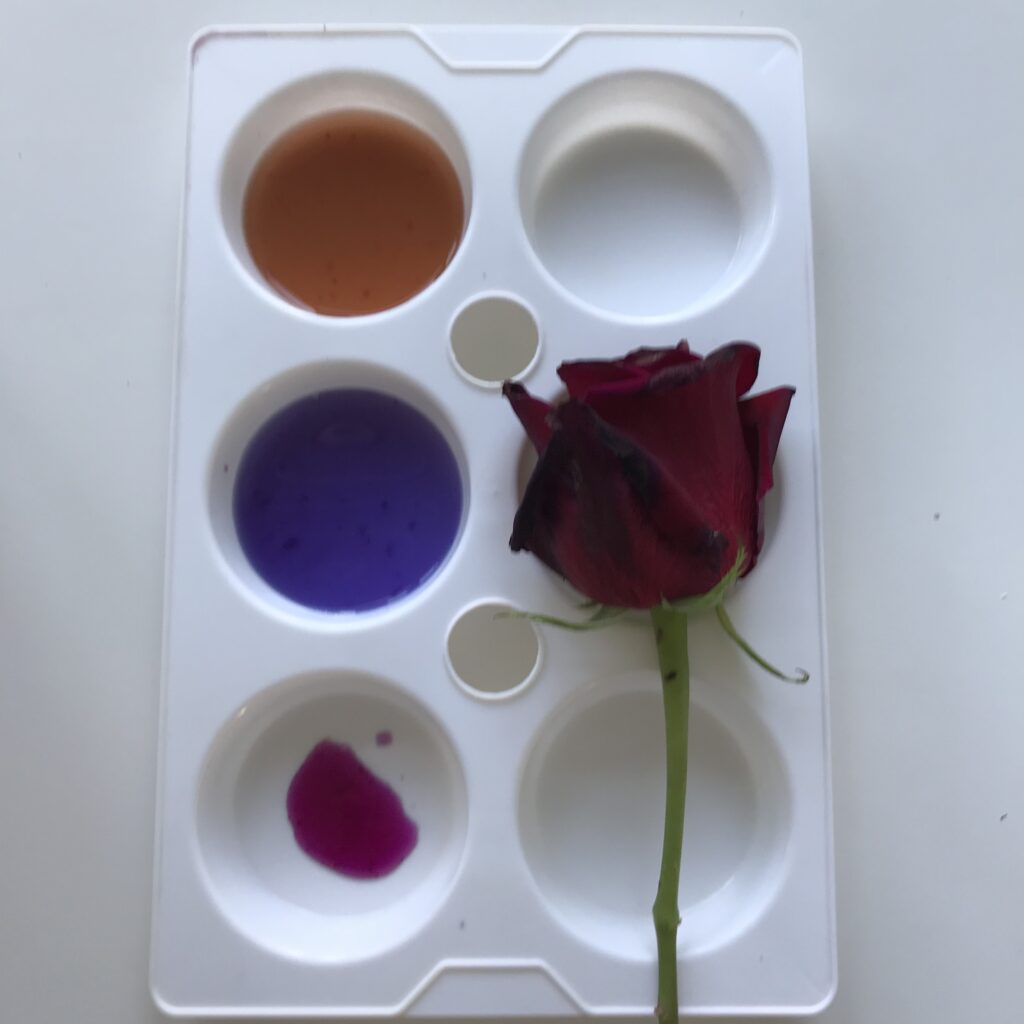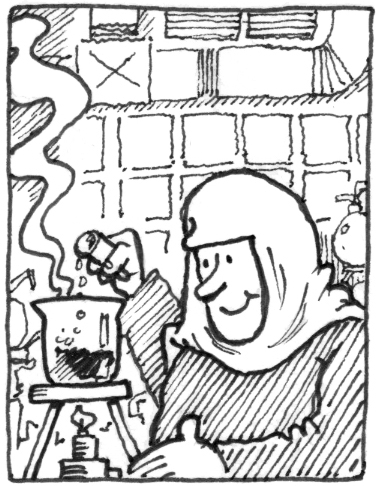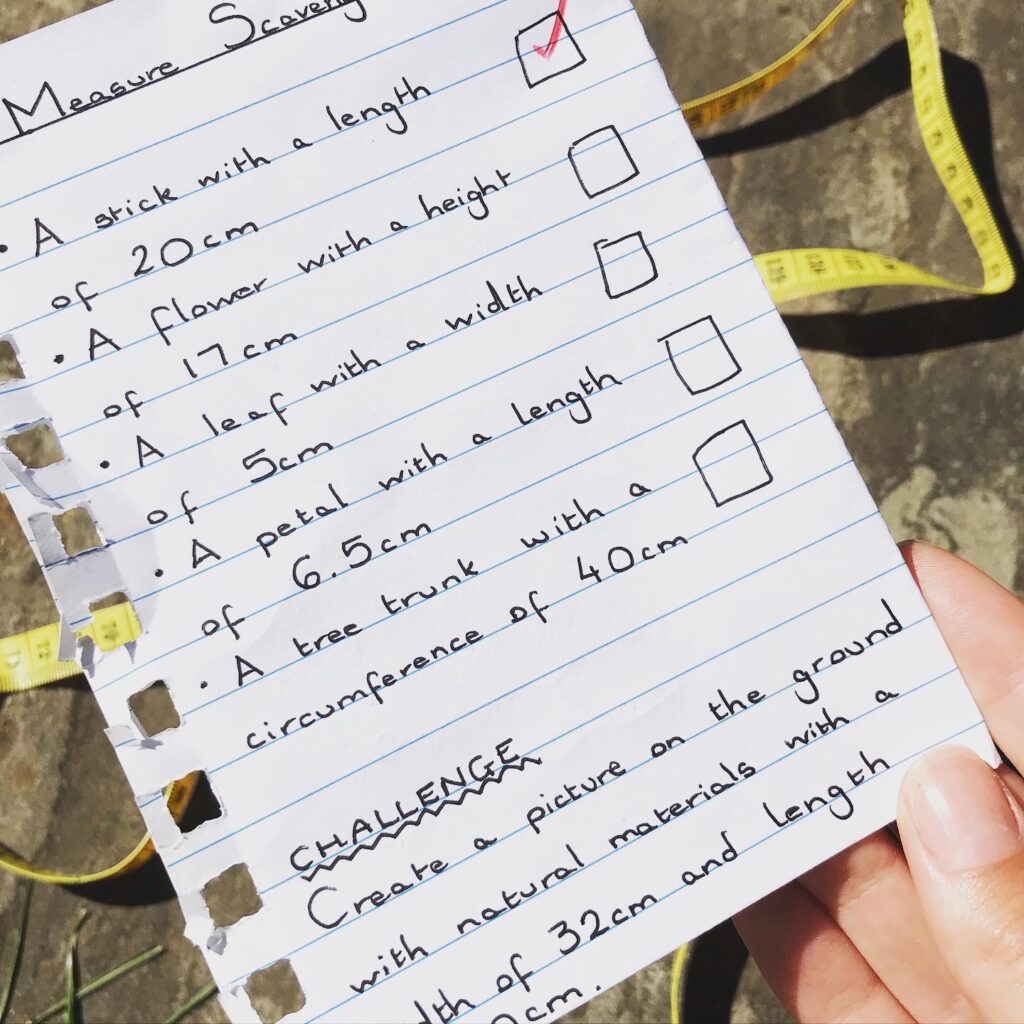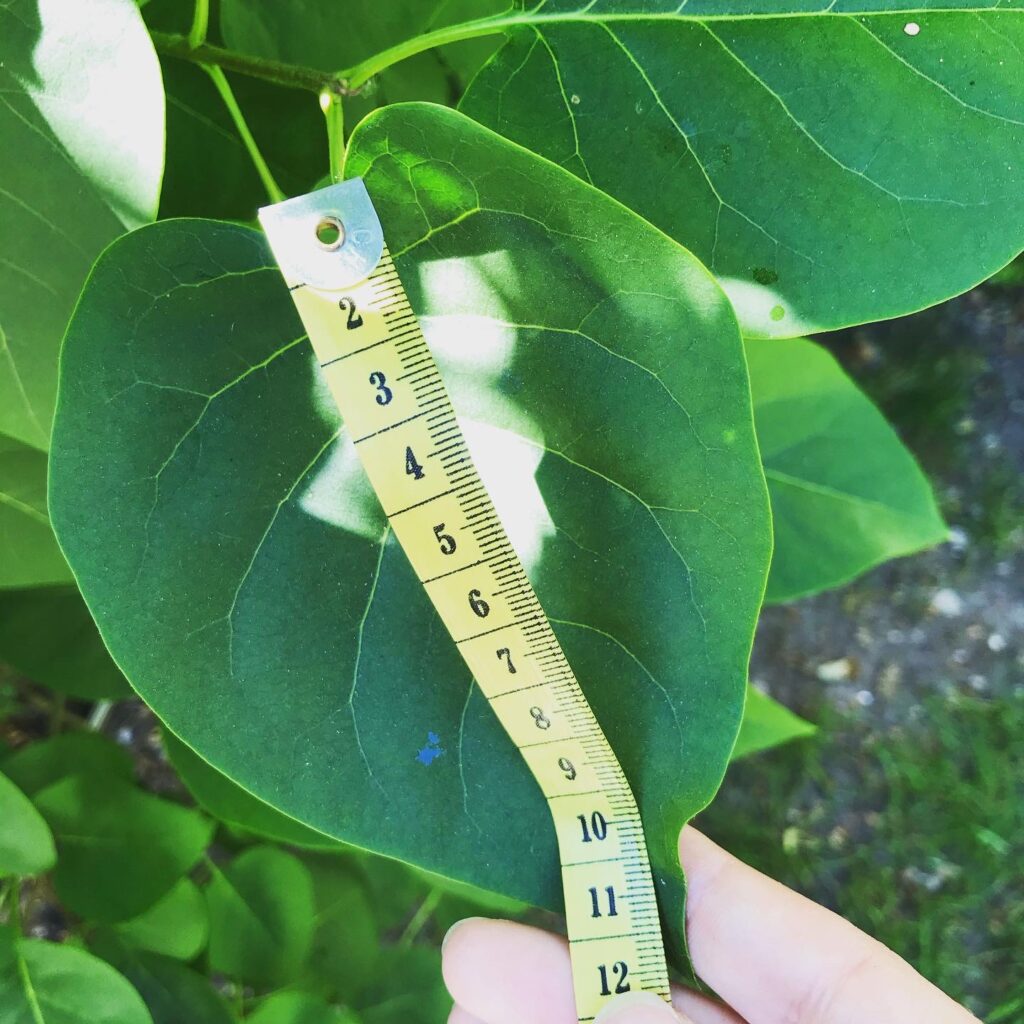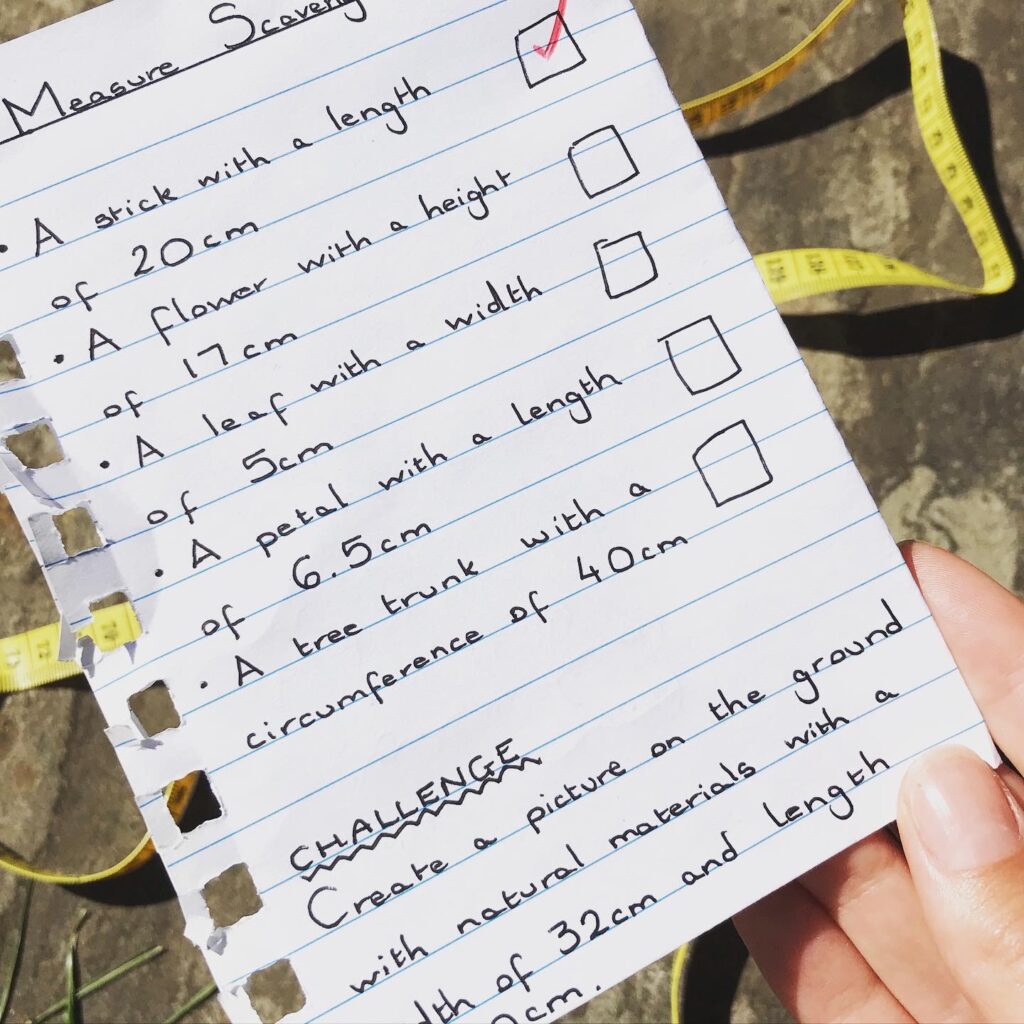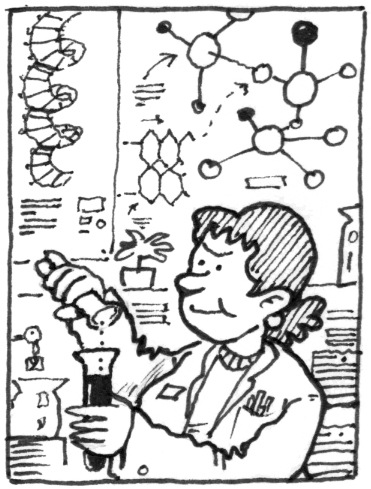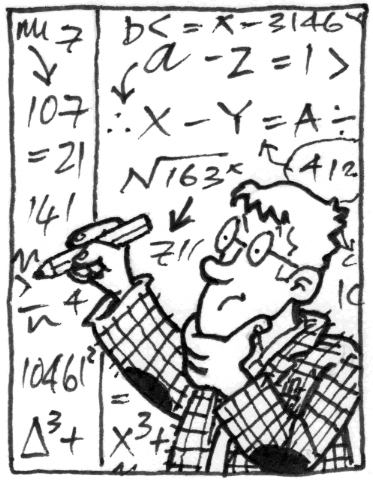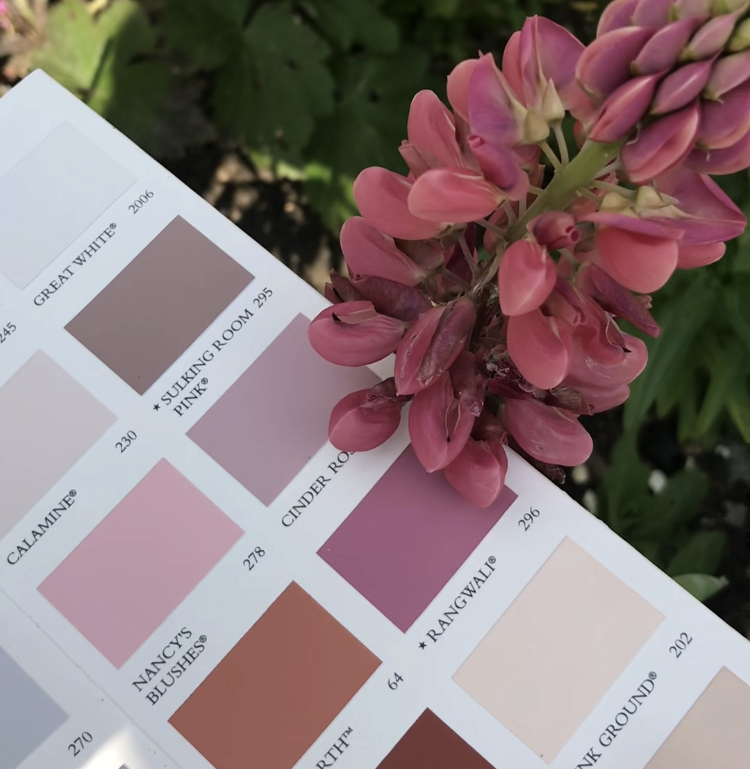
Natural Colours
You will need
How to do it
Simply grab a paint chart and see how many colours you an match up with natural objects!
Are there any colours that you struggle to find in the natural environment? Why do you think this is?
What are we learning
This activity encourages children to really look at the natural environment around them and the colours within it. It introduces them to the important role that botanists and naturalists play in studying the plants and flowers around us. You could use it as an opportunity to talk about scientific concepts such as how the process of photosynthesis affects the colours of leaves.
Investigate
Repeat this activity in a different season. How has the range of colours that you have found changed? Why do you think this is?





